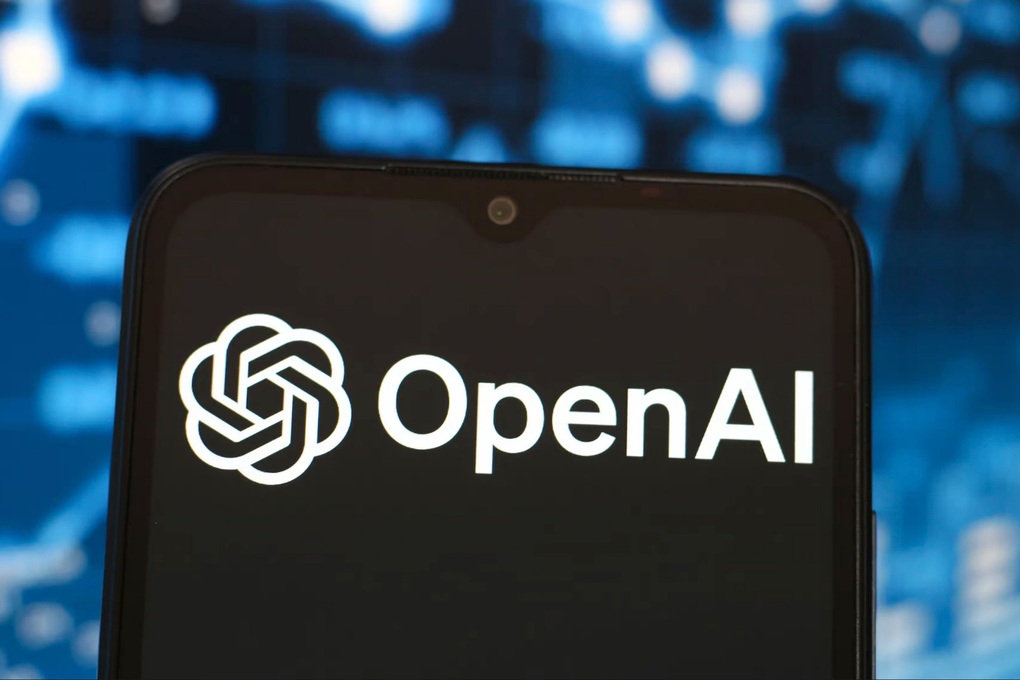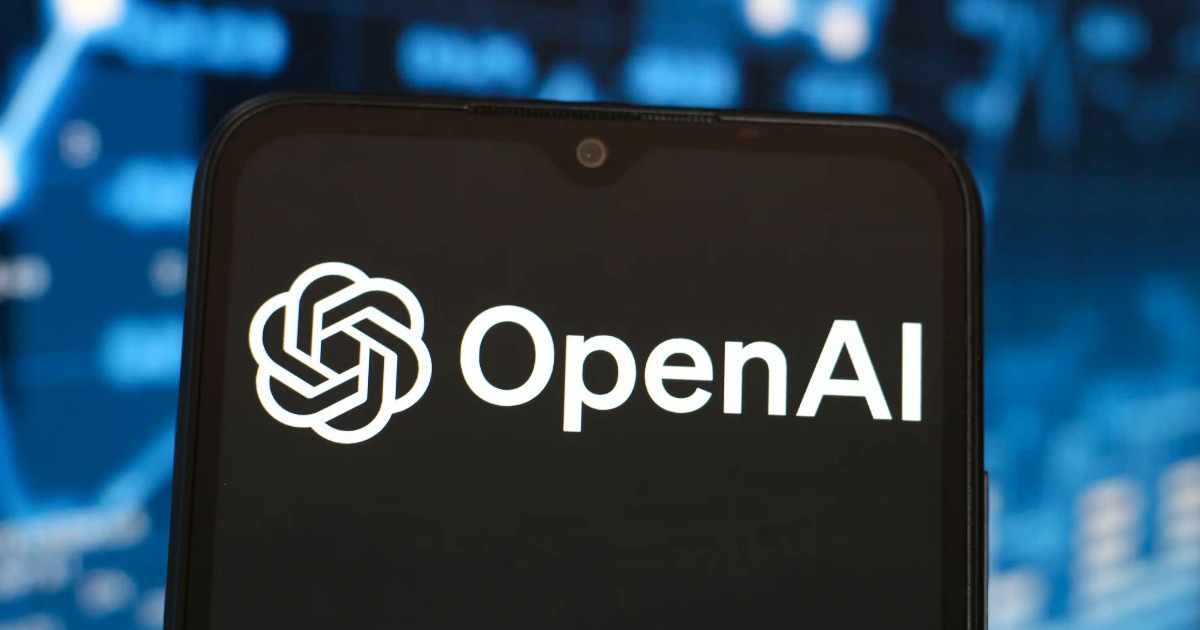Artificial intelligence (AI) continues to advance rapidly with OpenAI’s recent introduction of a tool capable of performing complex research tasks in just minutes, instead of hours. Known as “Deep Research,” this tool promises significant efficiency gains for fields requiring large-scale data analysis and information synthesis.
 OpenAI's Deep Research Tool
OpenAI's Deep Research Tool
The “Deep Research” tool processes large volumes of data in just 10 minutes.
Exceptional Capabilities of “Deep Research”
“Deep Research” is an advanced AI agent powered by the latest version of OpenAI’s model, o3. This tool can automatically search, analyze, and synthesize data from hundreds of online sources, including texts, images, and PDF documents, to generate comprehensive reports. Each claim in these reports is clearly cited, ensuring accuracy and transparency.
According to OpenAI, this tool will save users significant time. Tasks that previously took hours to complete now only take between 5 and 30 minutes. This marks a crucial step toward the development of artificial general intelligence (AGI), where AI can match or surpass human capabilities in any intellectual task.
Comparison with Existing Technologies
In a highly competitive landscape, OpenAI has continuously innovated to maintain its leading position. Previously, the company launched Operator, an AI agent capable of making restaurant reservations or online purchases based on a shopping list photo. However, Operator was only available as a preview in the United States.
Unlike Operator, “Deep Research” focuses on solving complex issues related to data analysis and synthesis. In a demonstration video, OpenAI showcased market analysis for translation apps, highlighting the tool’s speed, detail, and reliability.
Limitations and Challenges
Despite its many benefits, “Deep Research” also presents certain challenges. Andrew Rogoyski, an AI researcher at the University of Surrey, warns that using AI-generated results without retrospective verification can lead to serious errors. He emphasizes: “Humans still need to invest time and effort to evaluate the quality of machine analyses.”
Additionally, the o3 model, the foundation of this tool, requires more processing time than traditional AI models. Currently, o3 is not fully publicly released, and OpenAI only provides a free, limited version called o3-mini.
Cost and Scope of Use
“Deep Research” is currently available in the United States for users of OpenAI’s Pro package at $200 per month, with a maximum of 100 queries allowed. The tool is not yet deployed in the UK and Europe.
Yoshua Bengio, a leading AI expert, notes that the capabilities of o3 could have profound implications for AI risks. He expresses surprise at o3’s superior performance in abstract reasoning tests.
Conclusion
The launch of the “Deep Research” tool marks a significant advancement in the field of artificial intelligence. It not only saves time and effort but also opens up immense potential for enhancing work and research efficiency. However, to maximize its benefits, users must understand how it works and always verify the accuracy of its results.
Stay tuned for updates from OpenAI to experience this groundbreaking technology!
References
- The Guardian
- Recent International AI Safety Report
- DeepSeek



